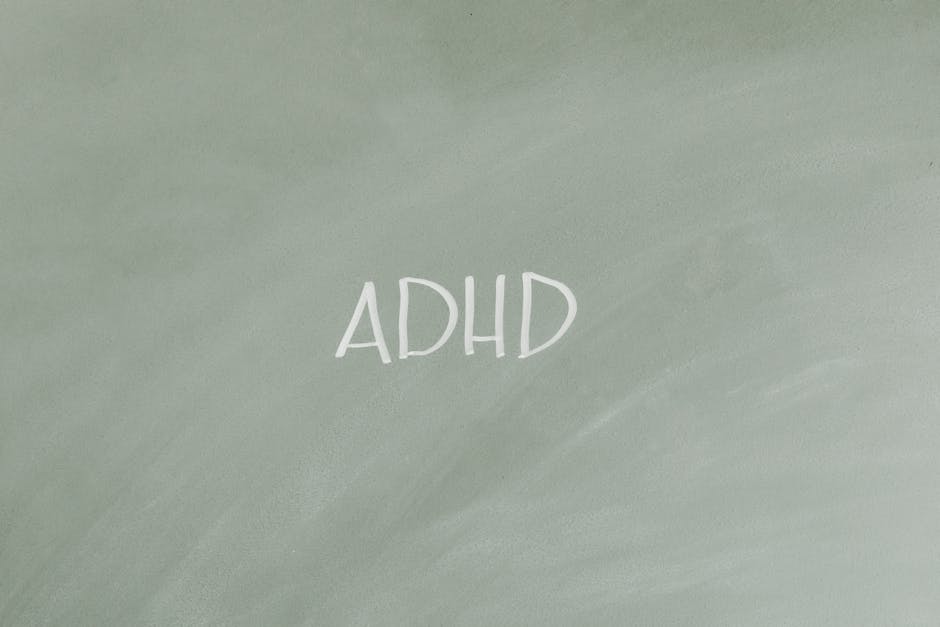Normal Pressure Hydrocephalus (NPH): Understanding Symptoms, Diagnosis, and Treatment Options
Normal pressure hydrocephalus (NPH) is a neurological condition characterized by an accumulation of cerebrospinal fluid (CSF) in the brain’s ventricles. While the pressure of the CSF may be within the normal range, the excess fluid can cause a range of debilitating symptoms. Understanding the nuances of NPH is crucial for early diagnosis and effective management. This comprehensive guide will delve into the various aspects of NPH, providing valuable information for patients, families, and healthcare professionals.
Understanding the Basics of Normal Pressure Hydrocephalus
The brain is bathed in CSF, a clear fluid that acts as a cushion, protecting the brain from injury. This fluid is constantly produced and reabsorbed, maintaining a delicate balance. In NPH, this balance is disrupted. CSF accumulates, enlarging the brain’s ventricles, the fluid-filled cavities within the brain. The exact cause of this imbalance remains unclear, although several factors are believed to contribute, including:
- Subarachnoid hemorrhage: Bleeding into the space surrounding the brain can obstruct CSF flow.
- Meningitis: Inflammation of the brain’s protective membranes can impede CSF drainage.
- Head trauma: Injury to the head can disrupt the delicate balance of CSF production and absorption.
- Brain tumors: Tumors can obstruct the flow of CSF.
- Genetic predisposition: Some individuals may have a genetic predisposition to developing NPH.
- Idiopathic NPH: In many cases, the cause of NPH remains unknown, and it is classified as idiopathic.
Unlike other forms of hydrocephalus where elevated CSF pressure is a hallmark, NPH is characterized by normal or near-normal CSF pressure during lumbar puncture. This makes diagnosis challenging and often requires a careful clinical evaluation.
Recognizing the Classic Triad of Symptoms
NPH often presents with a characteristic triad of symptoms: gait disturbance, urinary incontinence, and cognitive impairment. However, the severity and combination of these symptoms can vary significantly among individuals.
Gait Disturbance
Gait abnormalities are frequently the first noticeable symptom. Individuals may experience:
- Wide-based gait: Walking with legs spread apart for balance.
- Shuffling gait: Short, slow steps with little leg lift.
- Frequent falls: Loss of balance and coordination leading to falls.
- Magnetic gait: Difficulty initiating movement and stopping once started.
Urinary Incontinence
Urinary incontinence in NPH often manifests as:
- Urgency incontinence: Sudden, uncontrollable urge to urinate.
- Frequency incontinence: Frequent urination, often with small volumes.
- Overflow incontinence: Constant dribbling due to bladder distention.
Cognitive Impairment
Cognitive decline in NPH can involve:
- Memory problems: Difficulty remembering recent events.
- Executive dysfunction: Problems with planning, organizing, and decision-making.
- Slowed thinking: Difficulty processing information.
- Personality changes: Apathy, irritability, or other personality shifts.
It’s crucial to note that these symptoms are not unique to NPH and can be indicative of other neurological conditions. Therefore, a thorough medical evaluation is necessary for accurate diagnosis.
Diagnostic Procedures for Normal Pressure Hydrocephalus
Diagnosing NPH can be challenging due to the overlapping symptoms with other neurological disorders. Several diagnostic tests are typically employed:
- Neurological examination: A comprehensive assessment of neurological function, including gait analysis and cognitive testing.
- Brain imaging: CT scan or MRI scan to visualize the ventricles and assess for ventricular enlargement.
- Lumbar puncture: Measurement of CSF pressure and analysis of CSF composition.
- CSF dynamic studies: These tests measure the rate at which CSF is produced and absorbed.
- Neuropsychological testing: A series of tests to evaluate cognitive function and identify specific cognitive deficits.
The combination of clinical findings and imaging results is crucial for arriving at a diagnosis of NPH. The absence of elevated CSF pressure during lumbar puncture doesn’t rule out NPH. The response to a shunt trial is often considered a key diagnostic indicator.
Treatment Options for Normal Pressure Hydrocephalus
The primary treatment for NPH is a shunt procedure. A shunt is a small, flexible tube that drains excess CSF from the ventricles to another part of the body, typically the abdomen. This relieves the pressure on the brain and can alleviate symptoms.
Shunt Surgery
Shunt surgery is a minimally invasive procedure, but it carries potential risks and complications, including:
- Infection: Infection at the shunt site or in the CSF system.
- Blockage: The shunt can become blocked, requiring revision surgery.
- Bleeding: Bleeding during or after the surgery.
- Headache: Headaches are a common post-operative complaint.
Before shunt surgery, some physicians may recommend a trial shunt, where a temporary shunt is placed to assess the response to CSF drainage. A positive response to a trial shunt significantly increases the likelihood of long-term improvement with permanent shunt placement.
Other Treatment Options
In cases where shunt surgery is not suitable or effective, other treatment options may be considered. These include physical therapy, occupational therapy, speech therapy, and medication to manage specific symptoms. However, these are often supportive therapies rather than curative treatments for the underlying cause of NPH.
Living with Normal Pressure Hydrocephalus
Living with NPH can present challenges, but with appropriate treatment and support, individuals can maintain a good quality of life. Regular follow-up appointments with a neurologist are essential to monitor the effectiveness of treatment and address any complications. Participation in rehabilitation programs can help improve mobility, cognitive function, and overall well-being.
Support groups and patient advocacy organizations can provide valuable information, emotional support, and a sense of community for individuals living with NPH and their families. Educating yourself about the condition, its management, and available resources is crucial in navigating the journey with NPH.
Conclusion
Normal pressure hydrocephalus is a complex neurological condition that requires a thorough understanding for accurate diagnosis and effective management. While the exact cause remains elusive for many cases, advancements in diagnostic techniques and treatment strategies have improved the prognosis and quality of life for individuals affected by NPH. Early diagnosis and prompt intervention are crucial for maximizing the potential for recovery and maintaining a fulfilling life.

